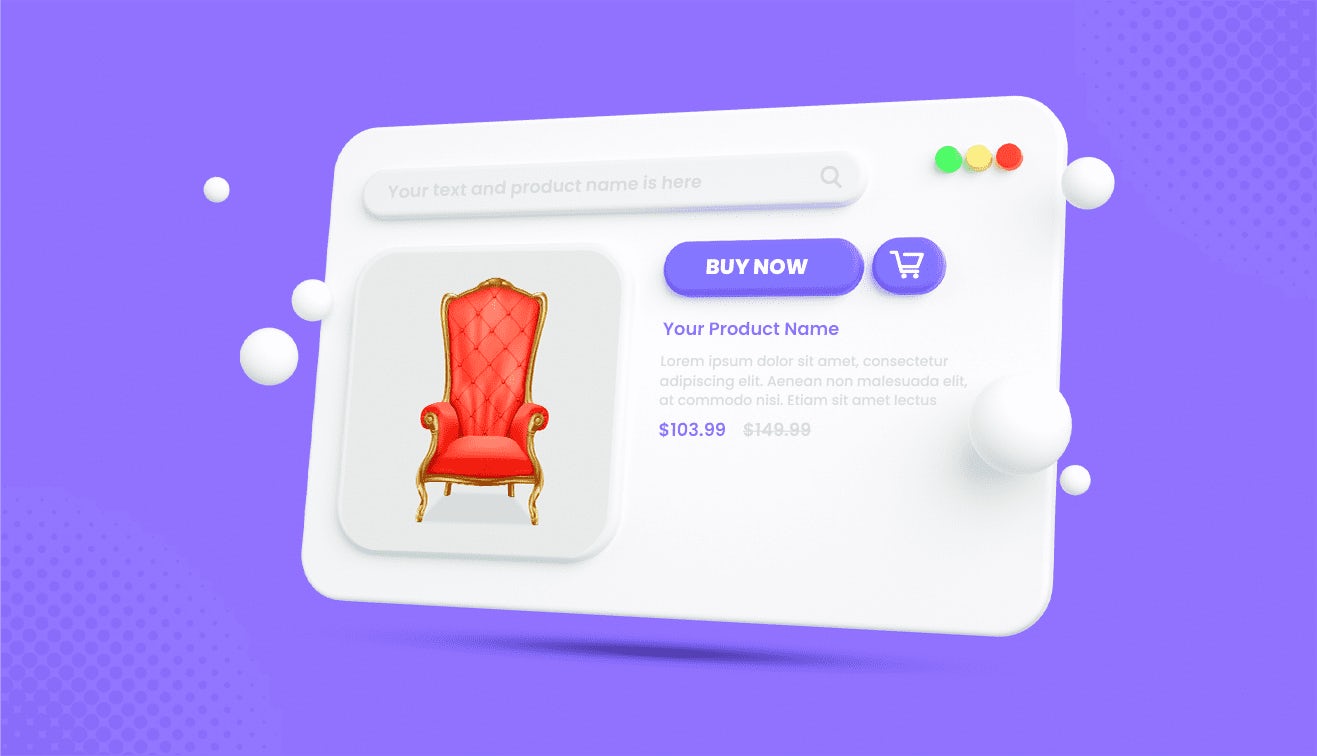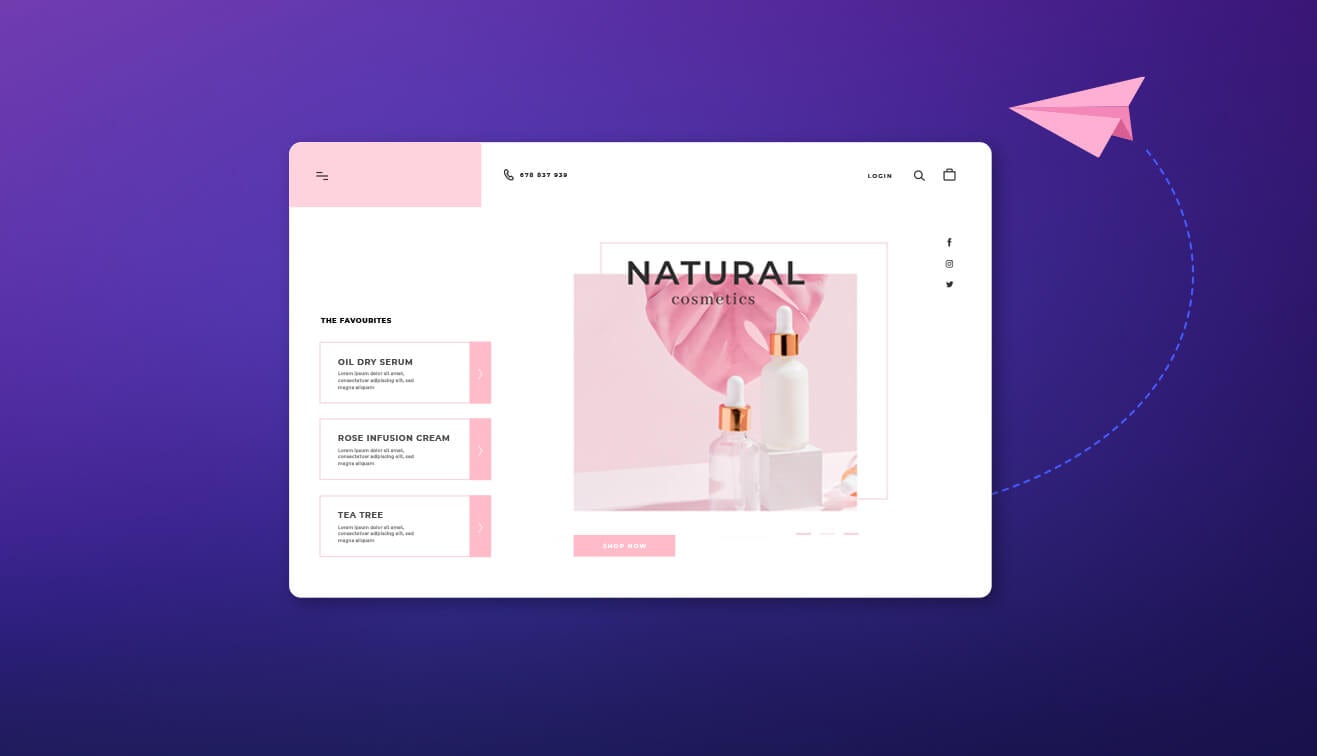Emerging as one of the swiftly growing trends in e-commerce, headless commerce has garnered significant attention. Advocates of this approach highlight various reasons for adopting a headless architecture, including substantial enhancements in website performance and an unmatched ability to implement changes dynamically.
At first glance, transitioning to a headless setup may seem like an obvious choice, right?
Headless commerce provides brands with complete creative freedom, enabling developers to craft customized e-commerce experiences using their preferred technologies. However, the implementation of a headless architecture is not as straightforward as its initial appeal might suggest, and there are numerous considerations that make it unsuitable for every merchant.
Before diving headfirst into a headless approach, it is crucial to ensure a comprehensive understanding of its implications. This includes exploring how to fully leverage the potential of a headless architecture, understanding the working of headless, and how it helped in assisting numerous brands in their transformative journey.
What is Headless Commerce?
Headless commerce, a dynamic ecommerce model, separates front-end presentation from back-end functionality, allowing versatile content delivery. Brands appreciate the creative freedom it unlocks, enabling unique storefronts. Developers value its control and composable tech stacks, fostering flexibility. This approach supports multiple front-end experiences, promoting omnichannel presence for web, mobile, voice, and point-of-sale systems.
On the backend, fine-grained services accommodate complex operational needs, and the composable tech stack allows easy integration of preferred tools without vendor lock-in.
Headless Commerce Architecture
Within the headless commerce architecture, the frontend (presentation layer) and backend (business logic) layers are distinct. As an integral element of the broader composable commerce strategy, it encompasses various solutions such as Frontend as a Service (frontend architecture), headless commerce platforms, headless CMS, as well as search and payment solutions.
How Does Headless Commerce Work?
The headless commerce architecture offers a modular approach to system construction. Merchants can dynamically compose their headless stack by adding, removing, and modifying individual services, creating a tailored best-of-breed stack. This flexibility is made possible with 'headless' APIs, forming the essential 'bloodstream' of headless commerce. Thus, it empowers businesses with the agility to navigate the fiercely competitive eCommerce landscape and adapt to evolving customer expectations.
To make your understanding better, here is a headless commerce setup:
- Separation of Frontend and Backend
Frontend is the presentation layer or where customers interact with. It can be a website, blog, a mobile app, kiosk, or any other interface. On the other hand, business logic or backend is the core functionalities such as inventory management, order processing, payment management etc. These two layers are decoupled with the help of APIs. It plays an important role between these two layers. Retailers utilizing headless commerce architecture don't manage the entire website (both frontend and backend) as a single technological entity. Instead, they store their data in the backend and employ APIs to transmit it to the respective platforms for customer delivery.
- Interaction is done via APIs
In headless commerce, interactions with APIs are integral to the system's functionality. APIs serve as the communication bridge between the frontend and backend of the e-commerce platform. When a user interacts with the frontend, such as making a purchase or browsing products, the frontend sends requests to the backend through APIs. These API requests trigger the necessary actions in the backend, such as retrieving product information or processing a transaction. The response from the backend is then transmitted back to the frontend through APIs, allowing for a seamless and efficient exchange of data and actions in the headless commerce architecture. This modular approach facilitates flexibility and enables various frontends to interact with the backend independently, enhancing the overall agility and scalability of the e-commerce system.
- Point Solutions
The integration of point solutions in an e-commerce setting is a strategic process aimed at enhancing the overall functionality and efficiency of the business. The integration process typically involves connecting the APIs of these point solutions with the existing APIs of the e-commerce platform. This enables seamless communication and data exchange between different components of the system.
For example, a payment gateway, order management system, or PIM tool may be integrated to work together, ensuring real-time updates and accurate information flow. The result is an optimized and streamlined e-commerce ecosystem where each point solution contributes its unique capabilities, enhancing specific functionalities without the need for a complete system.
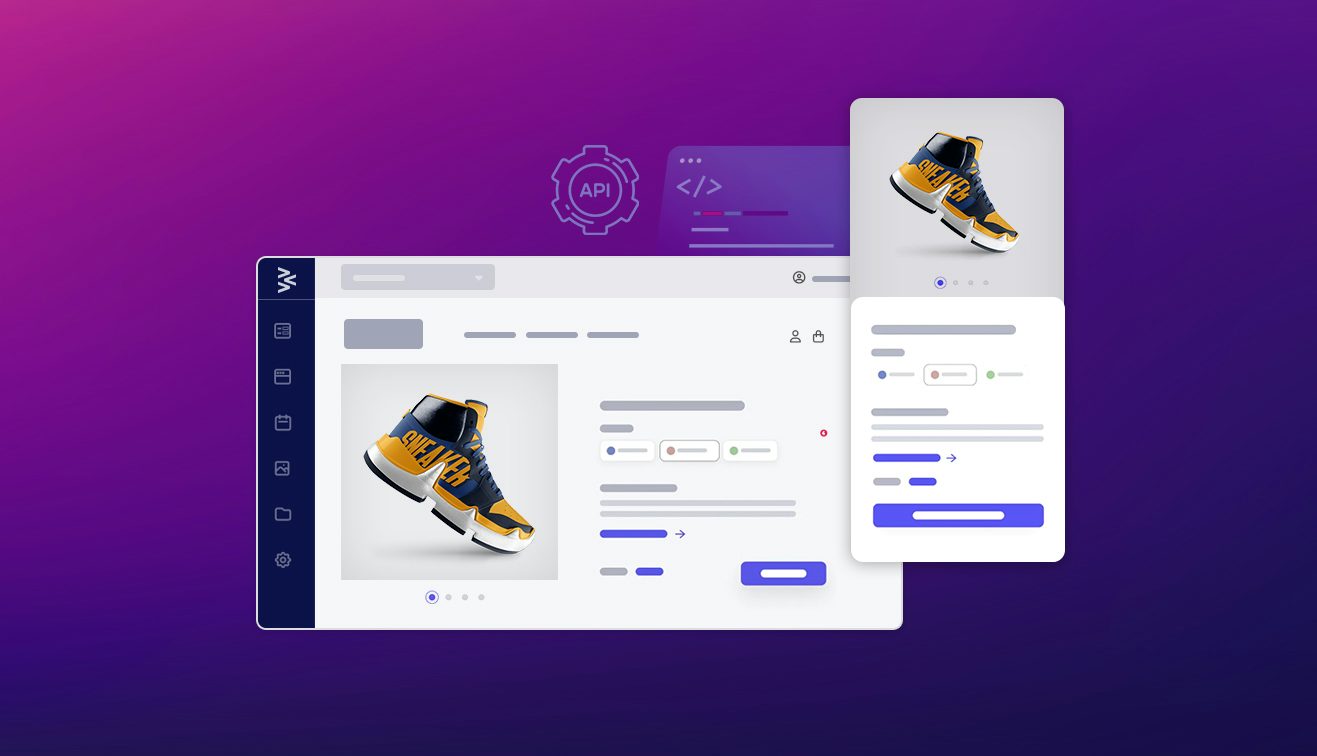
































































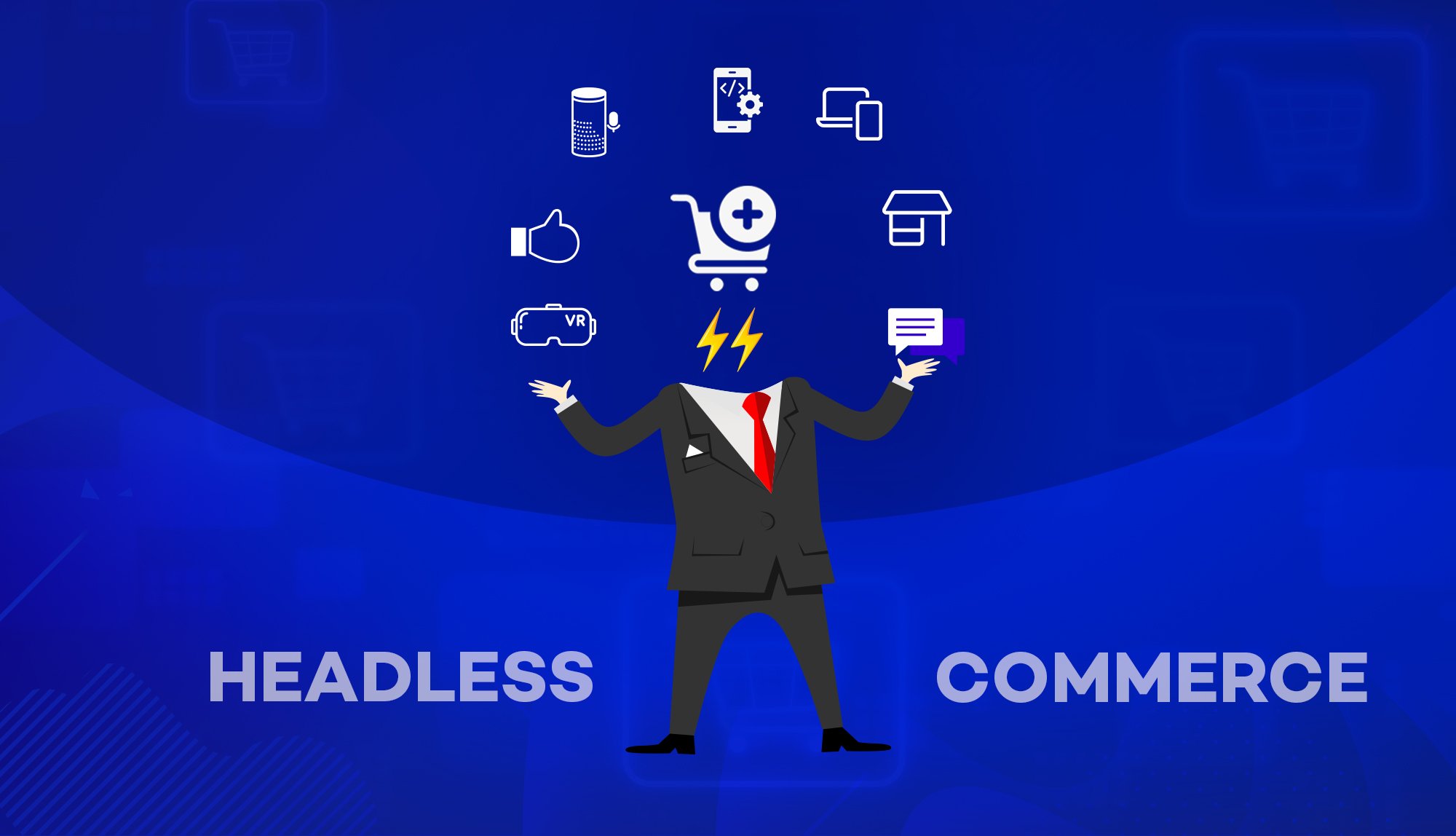
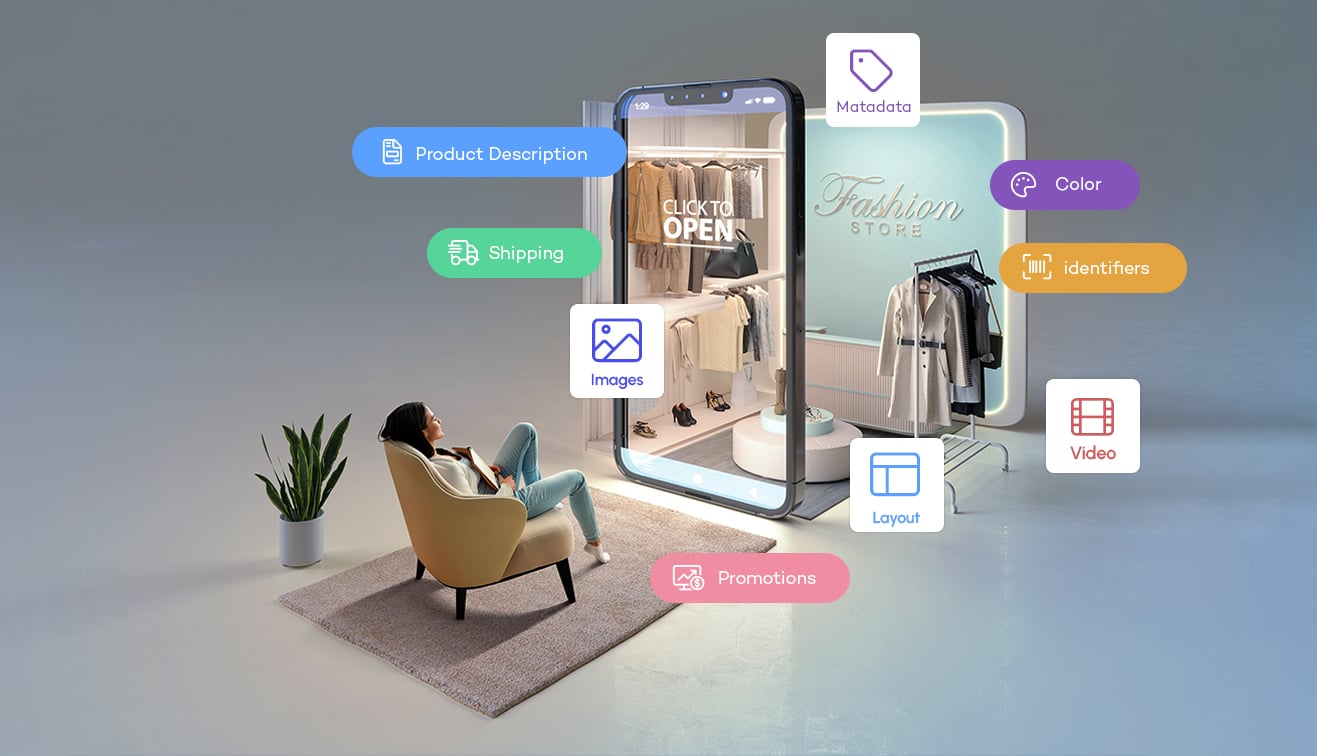



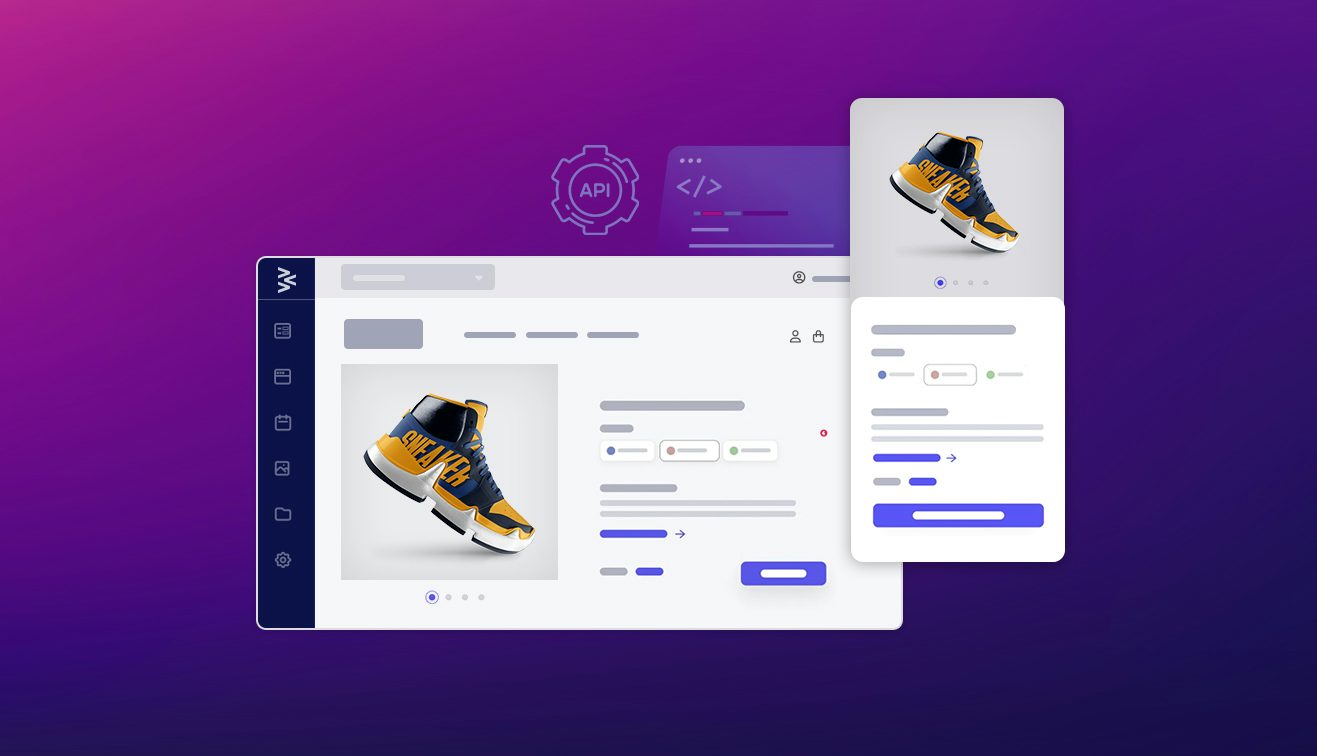

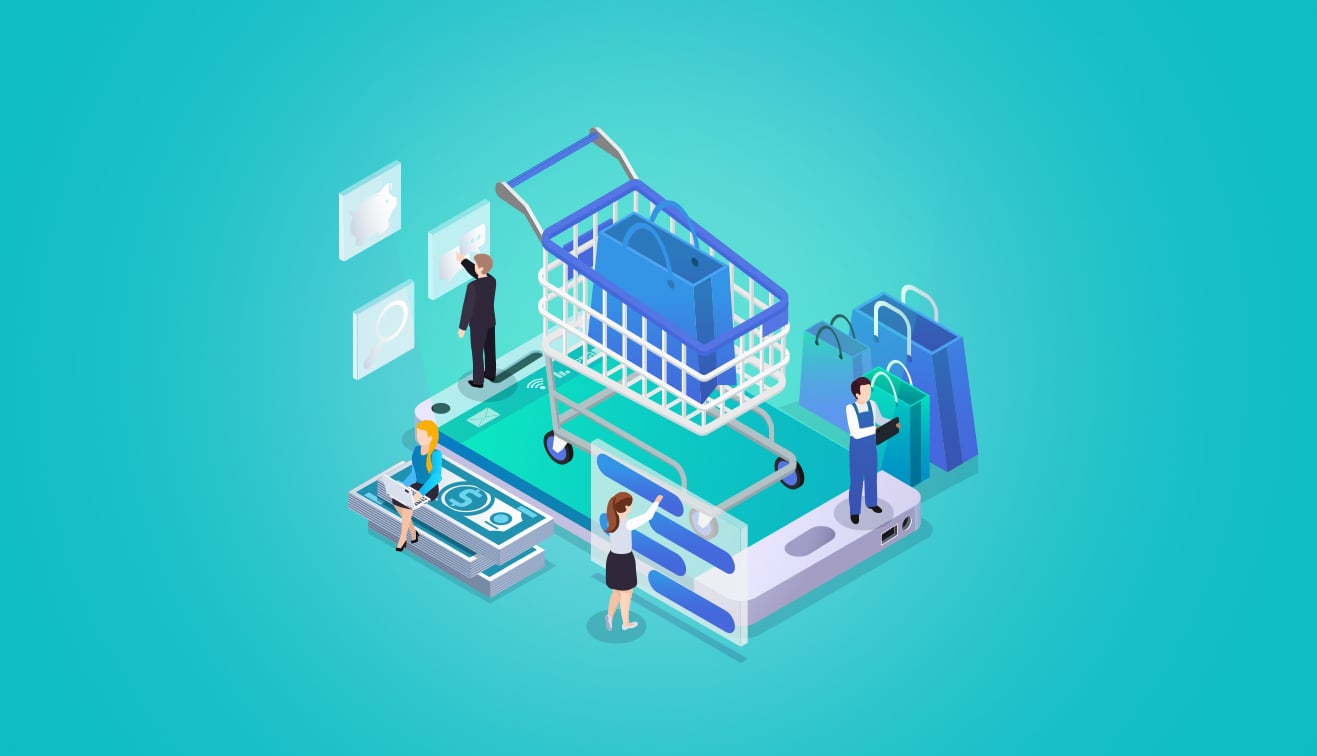
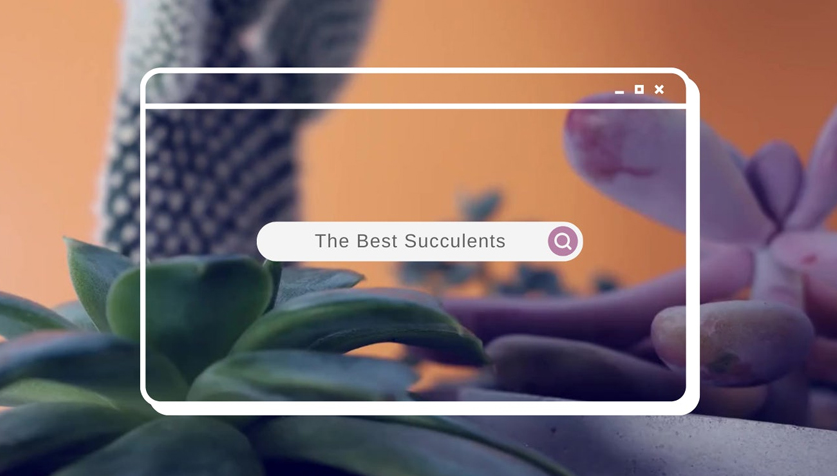
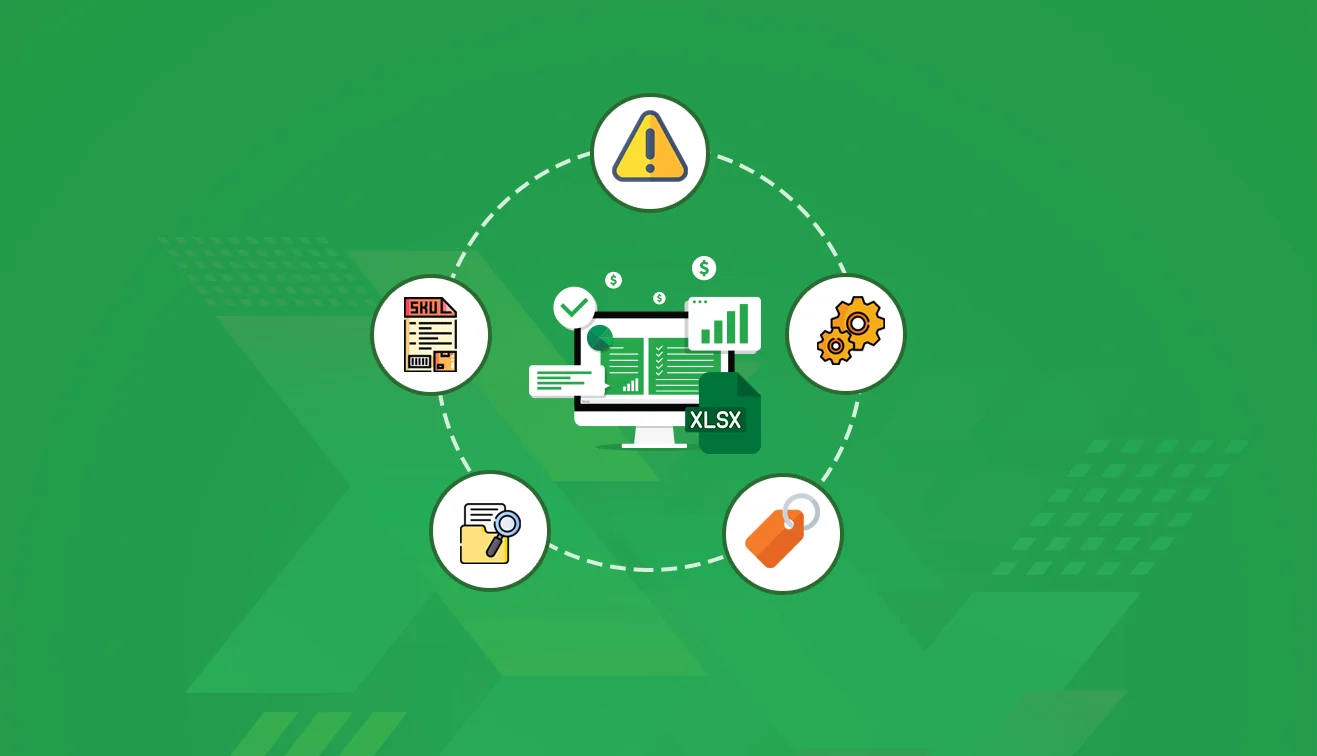

.jpg?w=3840&q=75)
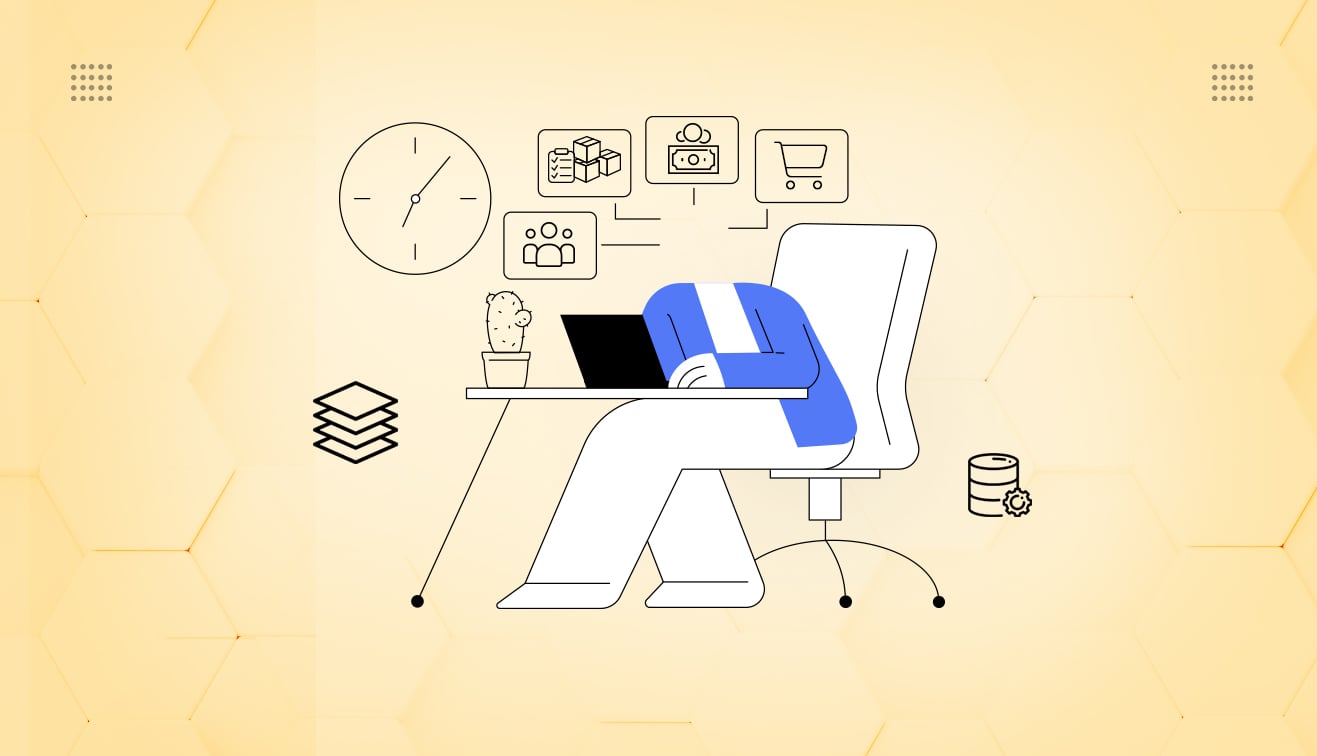

.png?w=3840&q=75)
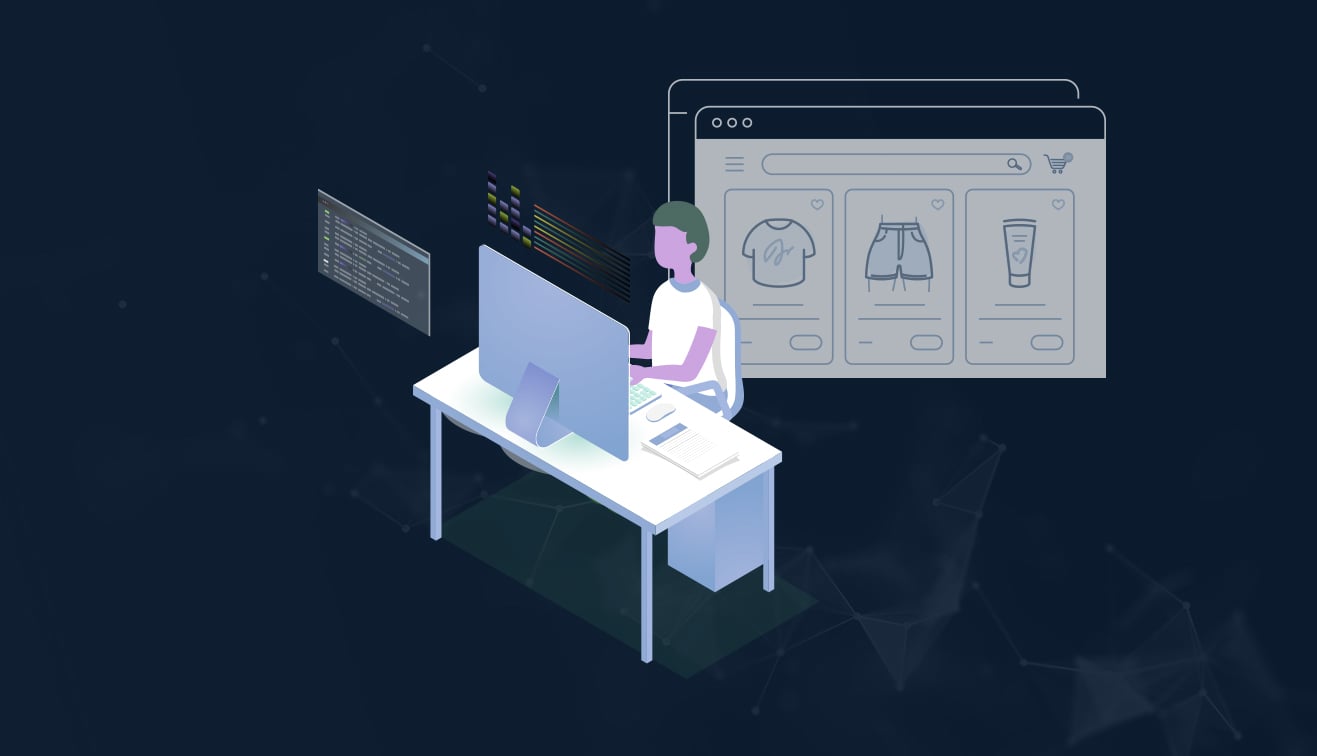
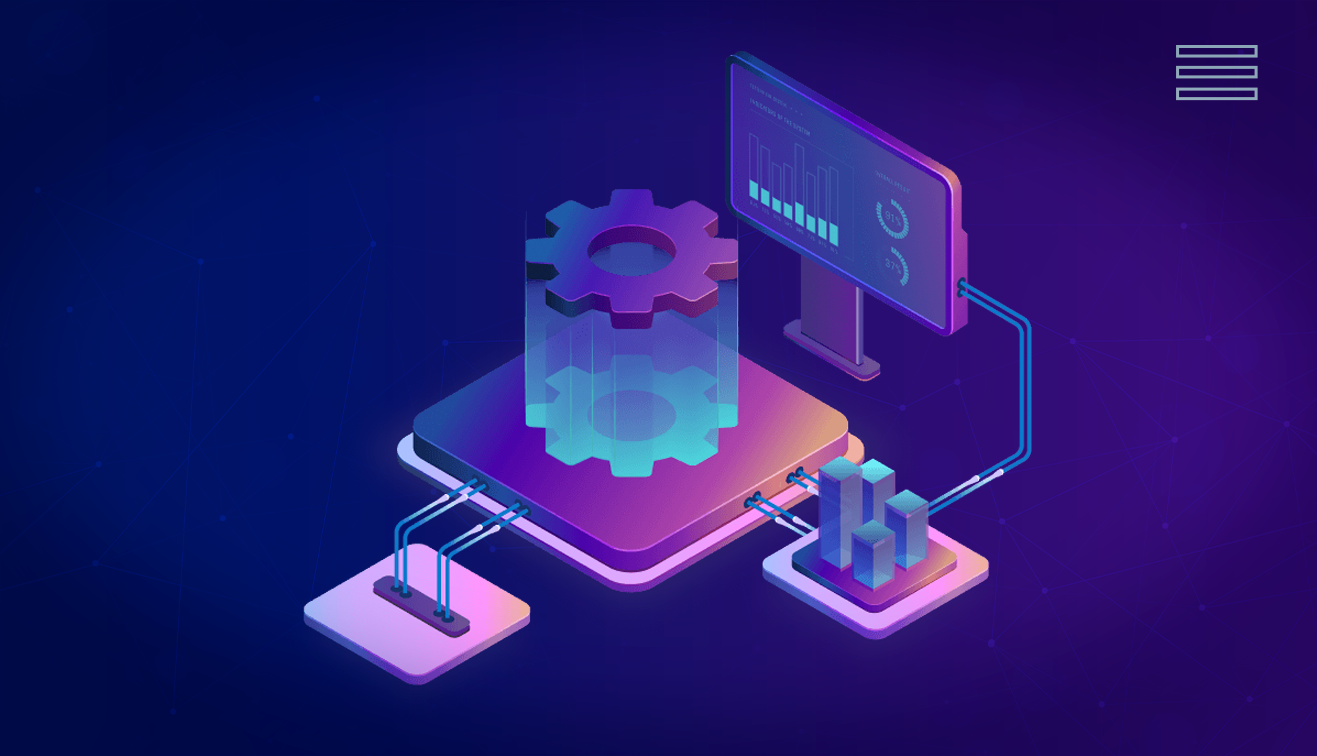
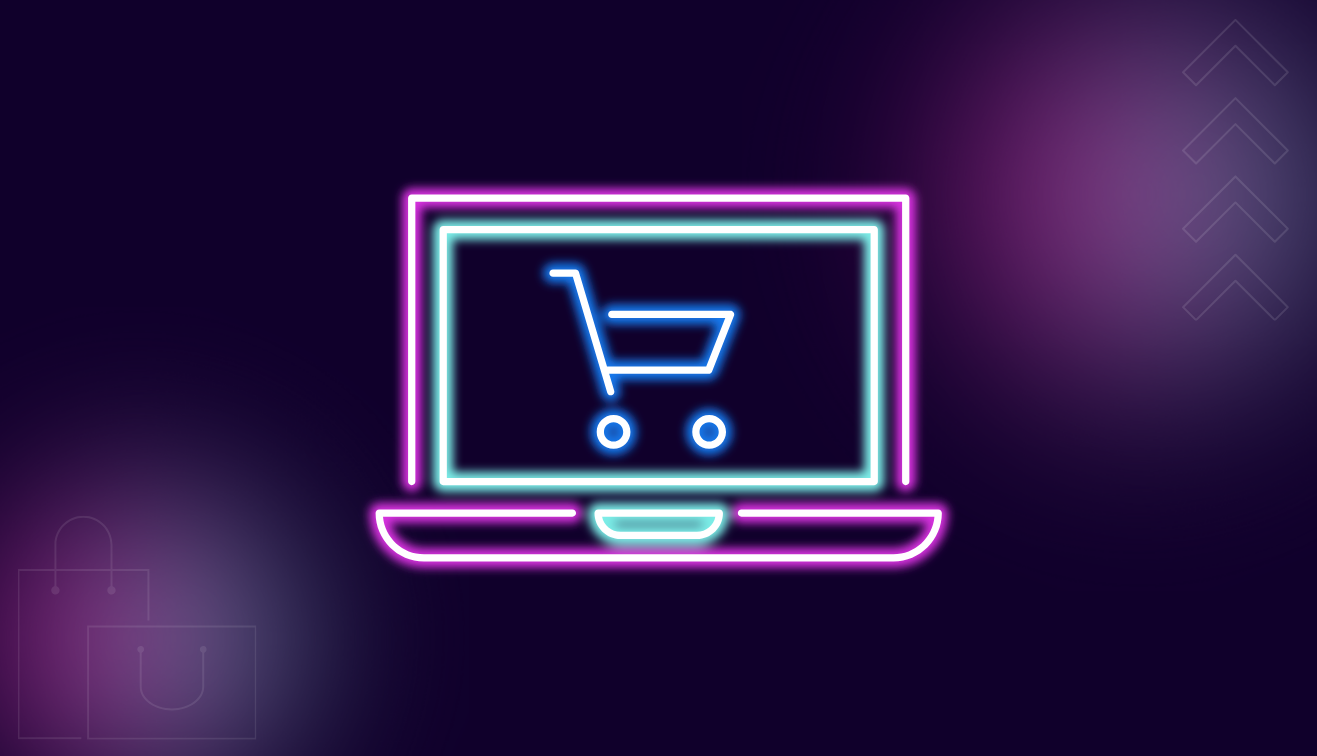
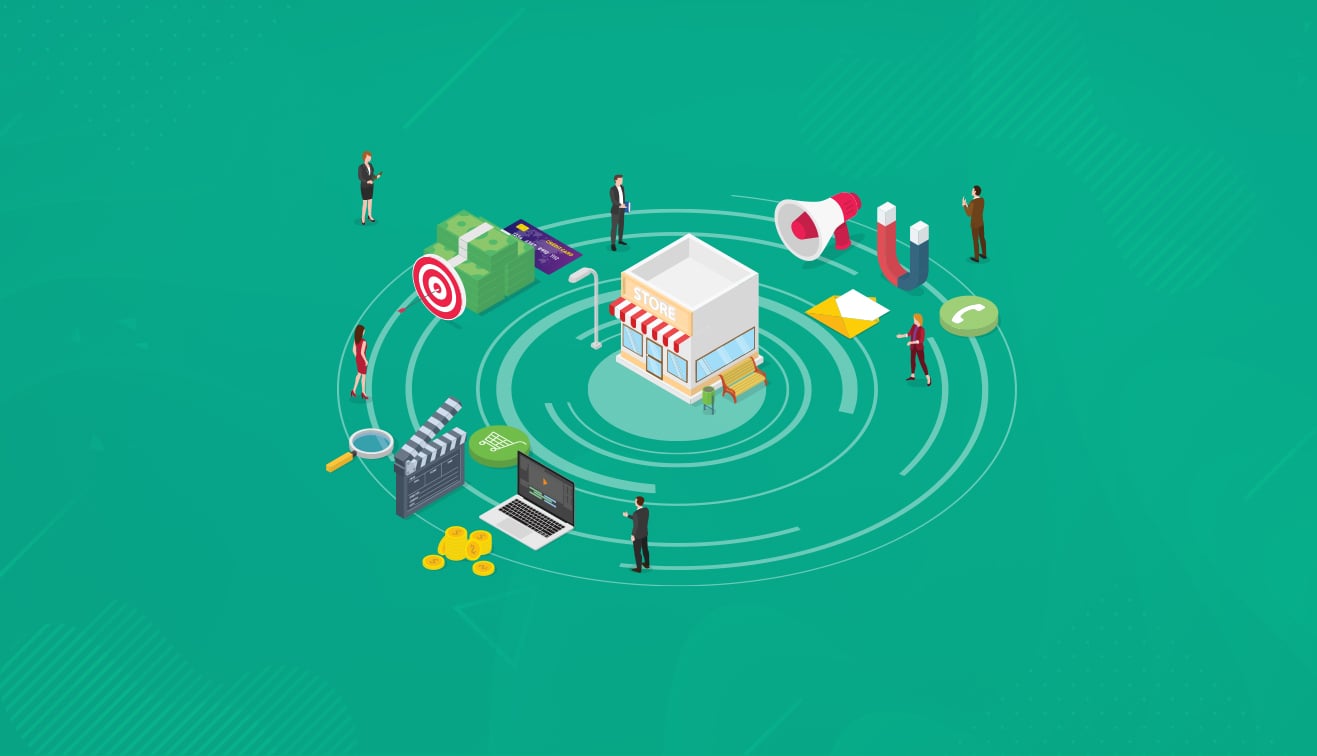
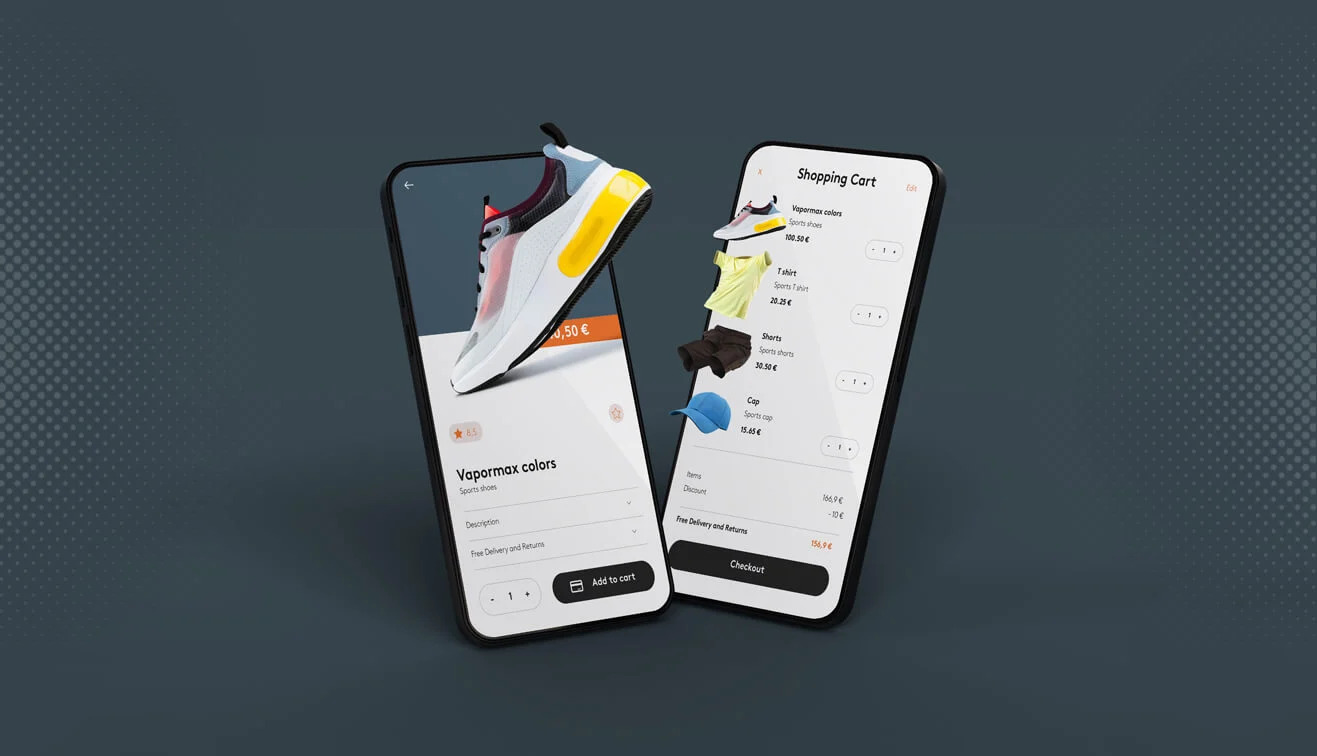
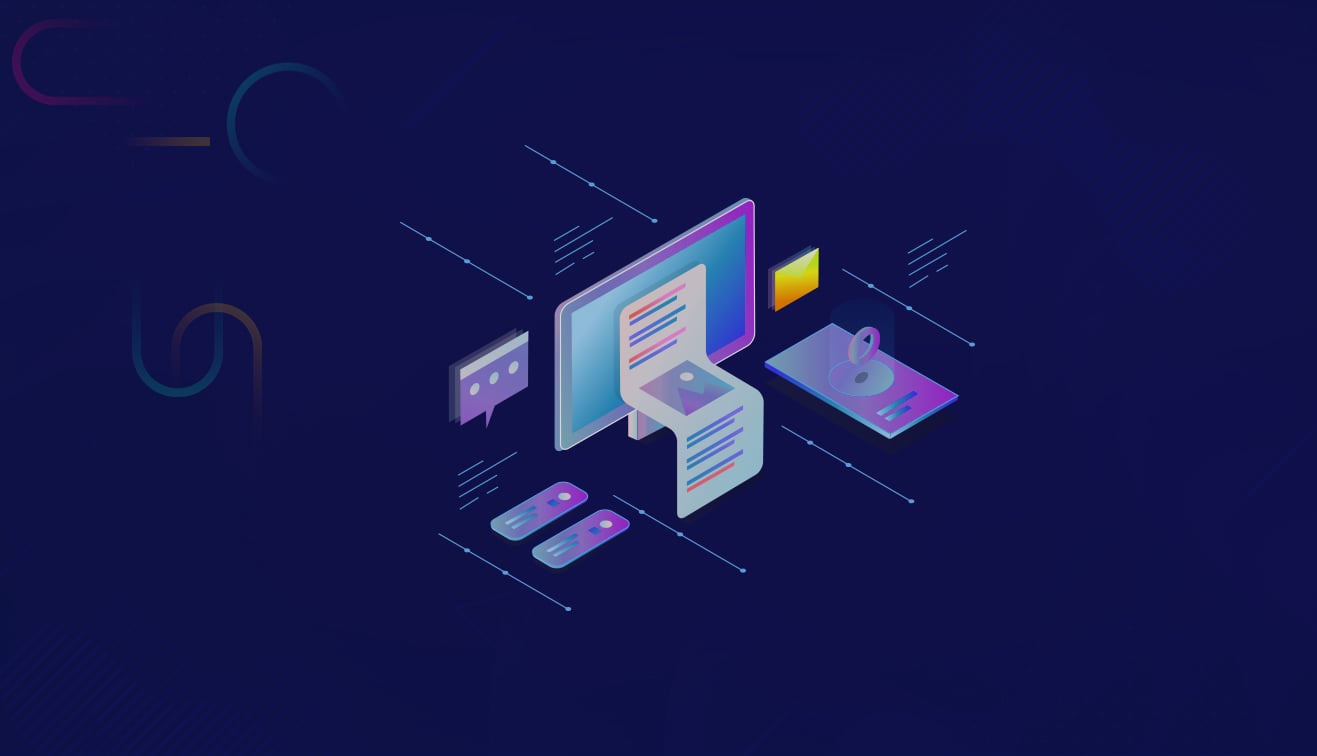
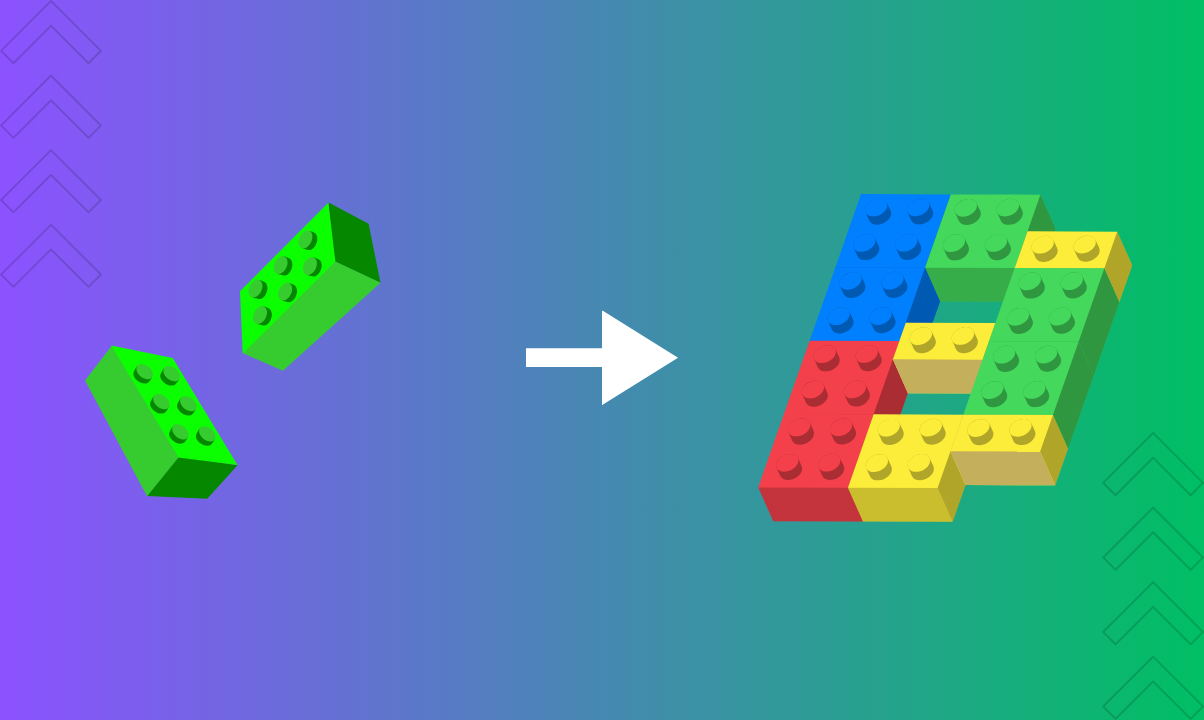

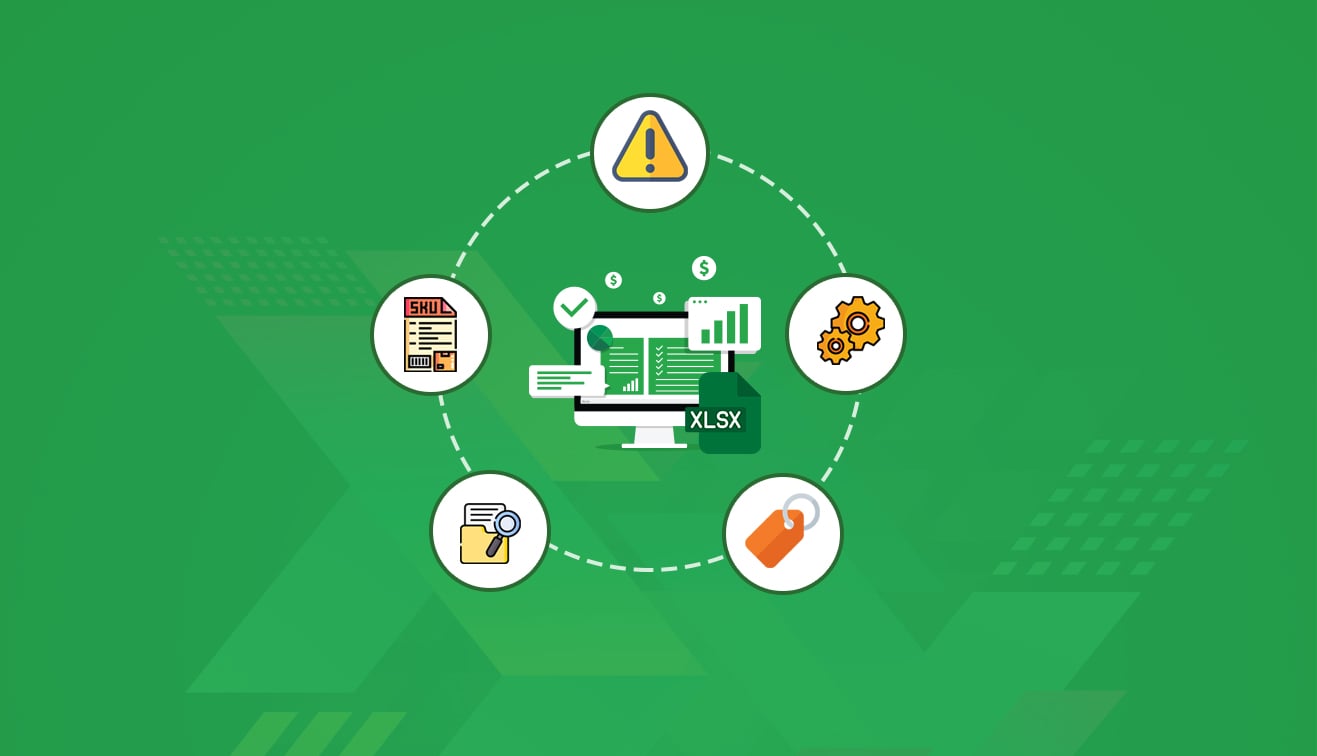
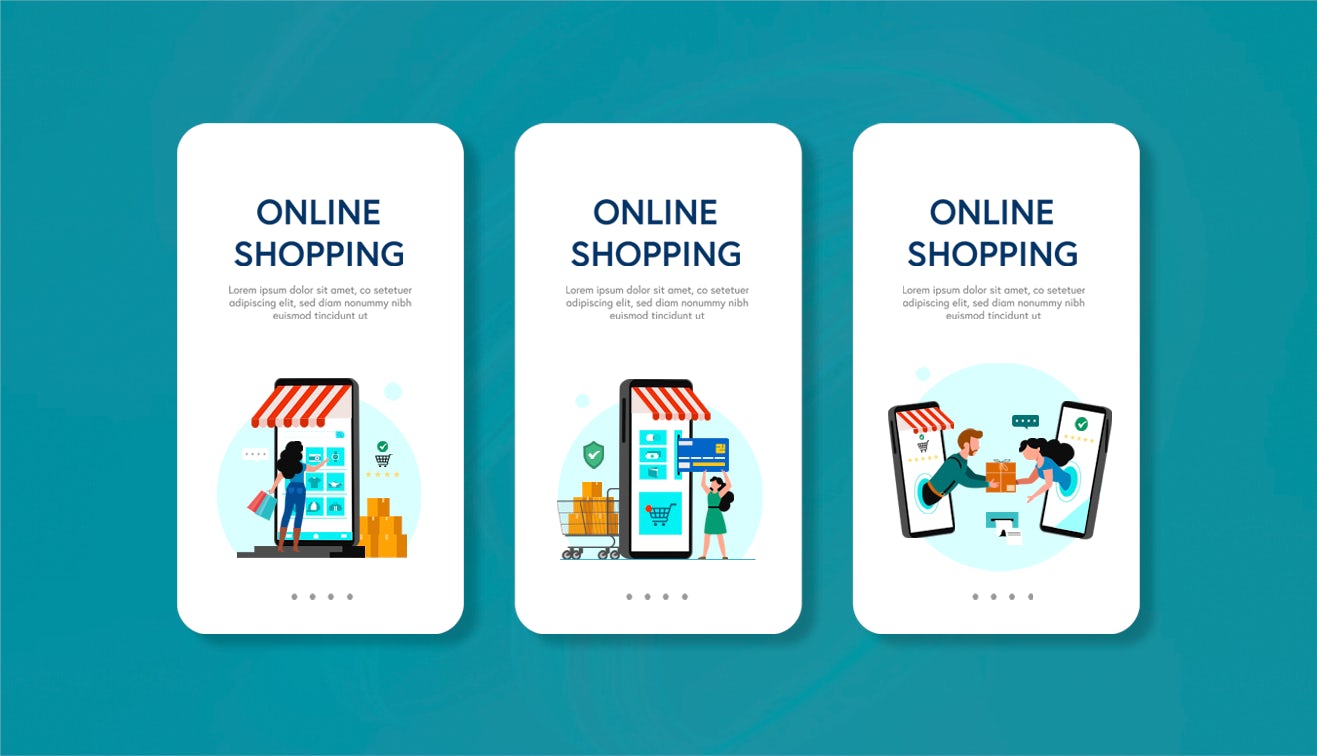

.jpg?w=3840&q=75)
